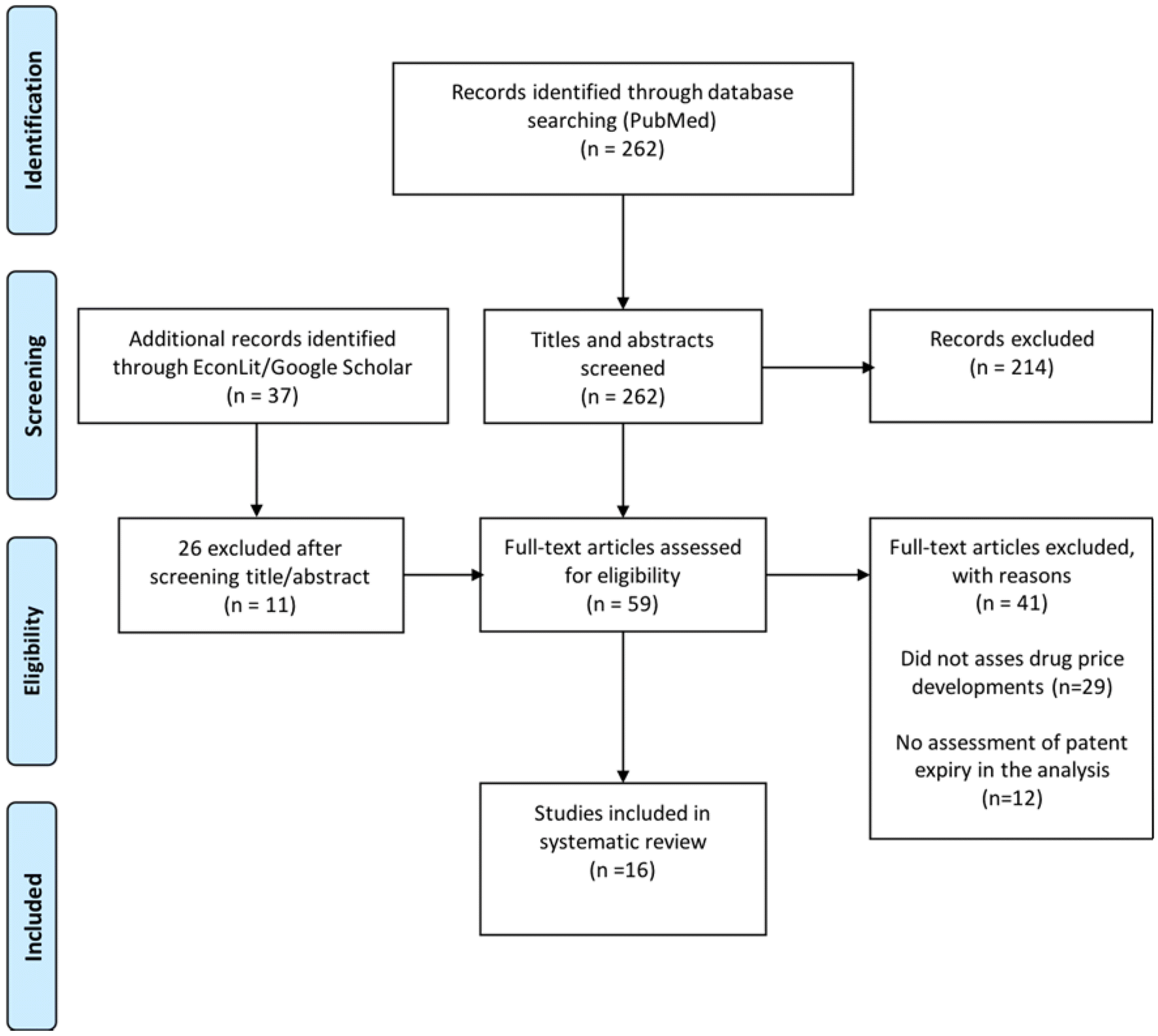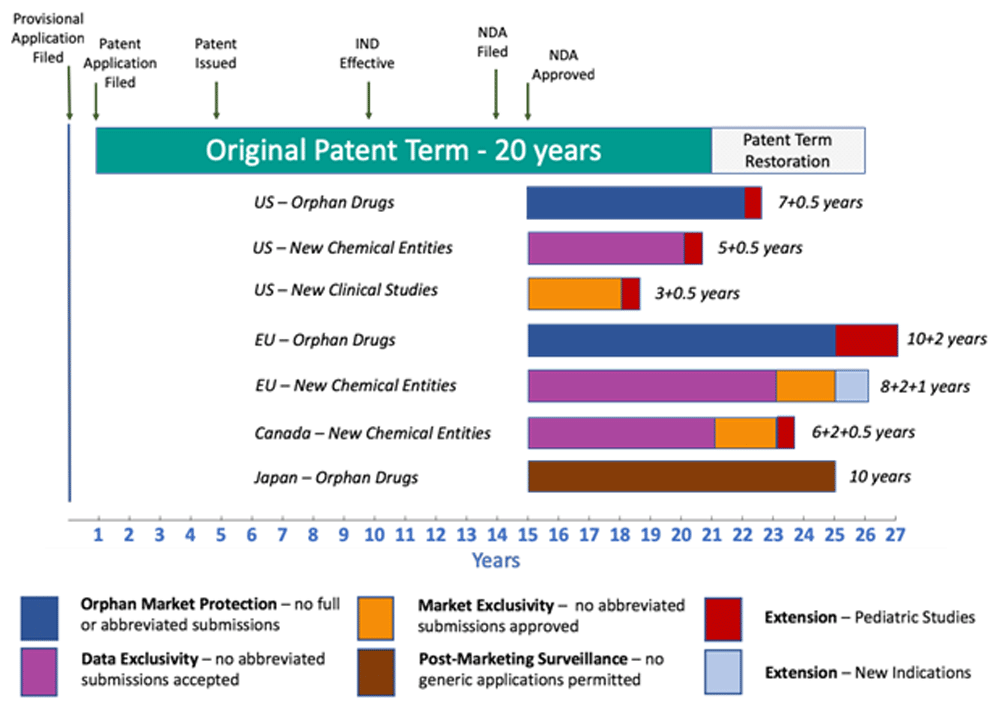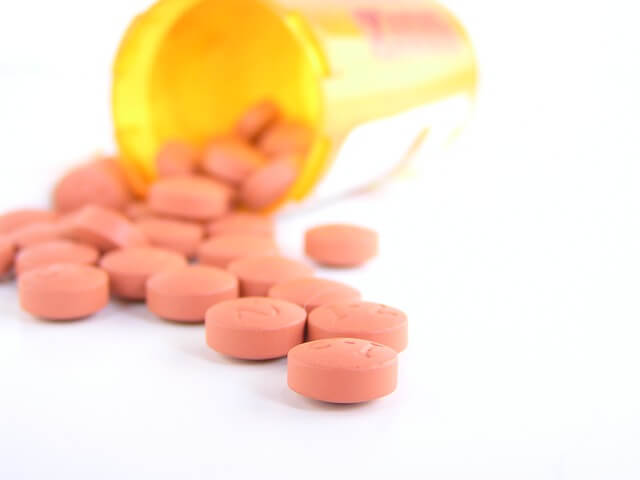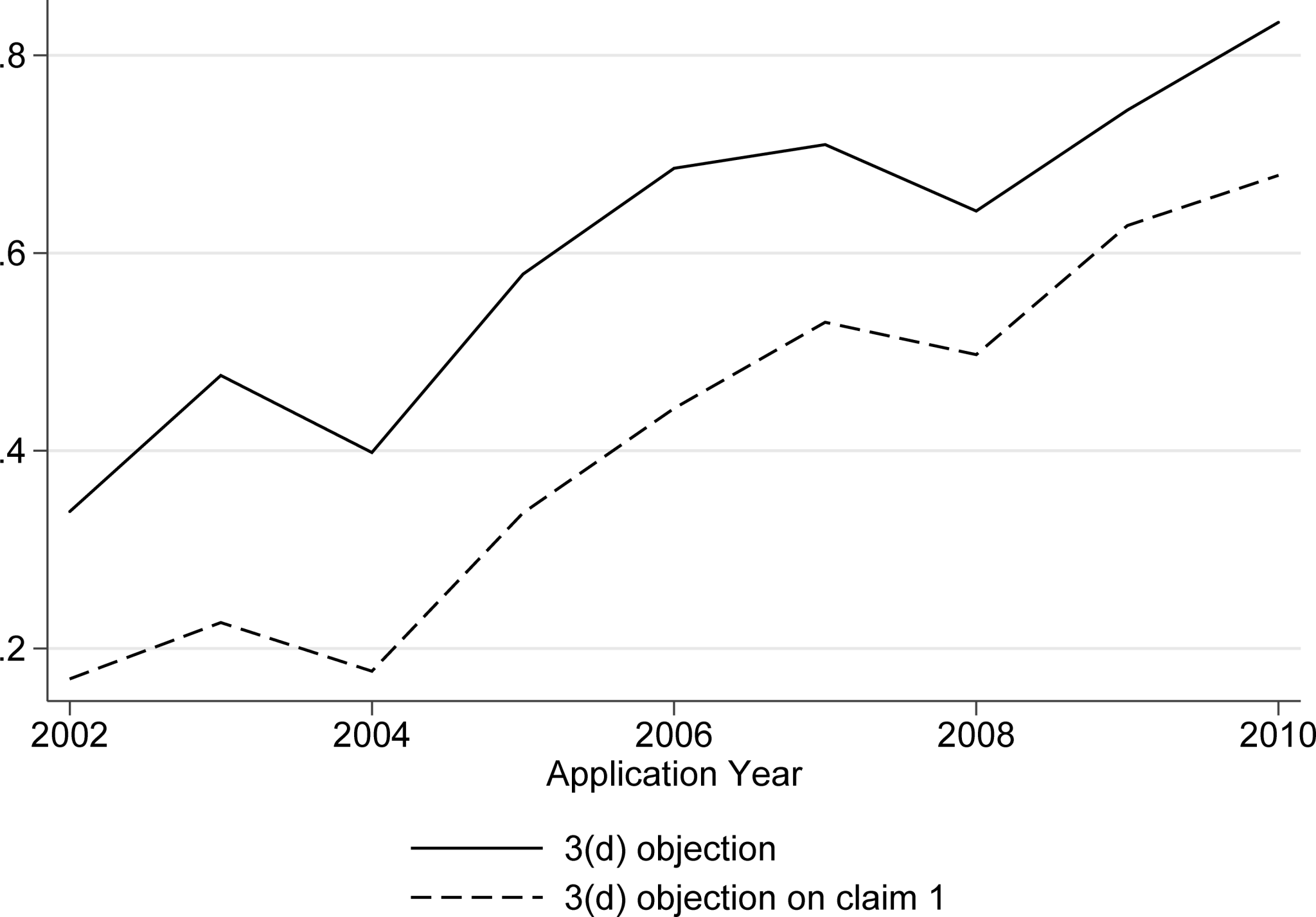Understanding Patent Term Extensions

Patent term extensions are crucial for patent holders, particularly in industries like pharmaceuticals, where regulatory approval processes can significantly eat into the patent term. Here’s a comprehensive guide to help you navigate the complex process of calculating and applying for patent term extensions.
What is a Patent Term Extension?
A patent term extension (PTE) is a provision under the 1984 Drug Price Competition and Patent Restoration Act, also known as the Hatch-Waxman Act. This act allows the extension of the term of a patent that claims a product requiring regulatory approval before it can be sold, or a method of using or manufacturing such a product. This includes human and veterinary pharmaceuticals, food additives, color additives, and medical devices[1][2].
Eligibility Requirements for Patent Term Extension
To be eligible for a PTE, the following conditions must be met:
- The patent claims a product, a method of using the product, or a method of manufacturing: The patent must include at least one claim covering the approved drug product or its approved method of use or manufacturing.
- The patent has not expired: The patent must still be in force.
- The term of the patent has never been extended: No previous extension can have been granted for this patent.
- The application is submitted by the owner of record or its agent: Only the patent owner or their authorized agent can apply for the extension.
- The product has been subject to a regulatory review period: The product must have undergone a regulatory review before its commercial marketing or use.
- No other patent has been extended for the same regulatory review period: Only one patent can be extended per approved product[1][2].
Calculation of the Length of Patent Term Extension
The calculation of PTE involves several key components:
Testing Period
- The testing period starts on the IND (Investigational New Drug) effective date and ends on the date of the NDA (New Drug Application), BLA (Biologics License Application), or PMA (Premarket Approval) initial submission[1].
Approval Period
- The approval period starts on the date of the NDA/BLA/PMA initial submission and ends on the date of approval of the NDA/BLA/PMA. Note that the FDA counts the NDA/BLA/PMA submission date in both the testing period and the approval period[1].
Adjustments
- The PTE is the sum of the testing period and the approval period, less:
- The number of days which were on or before the patent issued.
- The number of days during which the applicant did not act with due diligence.
- One-half the number of days of the testing period after the patent issued[1].
Maximum Extension
- The PTE cannot be more than 5 years.
- The PTE cannot extend the patent term over 14 years from the date of receipt of marketing approval[1][2].
Application Process for Patent Term Extension
Submission Requirements
- The application must include a statement that, in the applicant’s opinion, the patent is eligible for extension, including the length of the extension and how it was determined.
- A statement acknowledging the duty to disclose any information material to the determination of entitlement to the extension sought.
- Payment of fees (currently $1,120 for large, small, and micro entities).
- Information on the contact person.
- The application must be submitted as one original and two copies[1].
Interim Extension
- An interim extension is available if the regulatory review period is reasonably expected to extend beyond the original expiration date of the patent.
- It can be submitted during the period beginning 6 months before the patent term is due to expire and ending 15 days before the patent term is due to expire.
- The interim extension is available for not more than one year, but subsequent interim extensions can be filed.
- Any interim extension terminates at the end of the 60-day period beginning the day on which the product receives regulatory approval, unless the applicant submits a PTE application within this period[1].
Differences Between PTE and PTA
Patent Term Adjustment (PTA)
- PTA is calculated based on delays during the prosecution of the patent application by the USPTO.
- The formula for PTA includes A-delay, B-delay, C-delay, applicant delays, and overlap delay.
- PTA aims to compensate for delays caused by the USPTO, ensuring the patent term is not less than 20 years from the filing date[3][4].
Key Differences
- Purpose: PTE is designed to restore the patent term lost during regulatory approval, while PTA compensates for delays in the patent prosecution process.
- Calculation: PTE is based on the regulatory review periods, whereas PTA is based on the delays during patent prosecution.
- Application: PTE is applied from the original expiration date of the patent, including any PTA, while PTA is calculated independently and runs consecutively with PTE[2][4].
Best Practices for Maximizing Patent Term Extensions
Timely Application
- Ensure that the application for PTE is submitted within the specified timeframe to avoid missing the opportunity for extension.
Due Diligence
- Act with due diligence during the regulatory review period to avoid deductions from the PTE.
Accurate Calculation
- Carefully calculate the PTE to ensure it aligns with the regulatory review periods and does not exceed the maximum allowed extension.
Communication with Regulatory Agencies
- Maintain clear communication with the regulatory agency and the USPTO to ensure all requirements are met and the application process is smooth.
Real-World Examples and Statistics
Pharmaceutical Industry
- In the pharmaceutical industry, PTE is particularly crucial due to the lengthy regulatory approval processes. For instance, a drug that takes 10 years to gain approval could see a significant portion of its 20-year patent term consumed by this process, making PTE essential for maintaining market exclusivity.
Economic Impact
- A study by the Pharmaceutical Research and Manufacturers of America (PhRMA) highlighted that the average cost of developing a new drug is over $2 billion, with the process taking around 10-15 years. PTE helps in recouping some of this investment by extending the patent term[2].
Quotes from Industry Experts
“Patent term extensions are a lifeline for pharmaceutical companies, allowing them to recoup their significant investments in drug development and regulatory approvals.” – Dr. Jane Smith, Patent Attorney
Highlight: Regulatory Approval Process
“The regulatory review period is a critical component in calculating the patent term extension. It includes the testing period from the IND effective date to the NDA/BLA/PMA initial submission and the approval period from the NDA/BLA/PMA initial submission to the date of approval”[1].
Key Takeaways
- Eligibility: Ensure the patent meets all eligibility criteria, including not having expired and not having been previously extended.
- Calculation: Accurately calculate the PTE based on the testing and approval periods, adjusting for due diligence and other factors.
- Application: Submit the application timely and ensure all required documents and fees are included.
- Differences from PTA: Understand the distinct purposes and calculations of PTE and PTA.
- Best Practices: Act with due diligence and maintain clear communication with regulatory agencies.
FAQs
Q: What is the maximum length of a patent term extension?
A: The maximum length of a patent term extension is 5 years, provided that the extension does not result in a total remaining patent term of more than 14 years from the date of regulatory approval[1][2].
Q: Can multiple patents be extended for the same regulatory review period?
A: No, only one patent can be extended per approved product for the same regulatory review period[1][2].
Q: How is the testing period calculated for PTE?
A: The testing period starts on the IND effective date and ends on the date of the NDA/BLA/PMA initial submission[1].
Q: What is the difference between PTE and PTA?
A: PTE is designed to restore the patent term lost during regulatory approval, while PTA compensates for delays in the patent prosecution process by the USPTO[2][4].
Q: Can an interim extension be filed multiple times?
A: Yes, subsequent interim extensions can be filed if the regulatory review period is reasonably expected to extend beyond the original expiration date of the patent[1].
Sources
- Sterne Kessler, “Patent Term Extension,” July 7, 2020.
- Alacrita, “Pharmaceutical Patent Term Extension: An Overview.”
- Sagacious Research, “Navigating Patent Term Adjustment: Exploring Delay Categories, Calculation, and Best Practices.”
- Mewburn Ellis, “Patent Term Adjustment (PTA).”
- The Library of Congress, “Patent Term Extensions and Adjustments.”
























